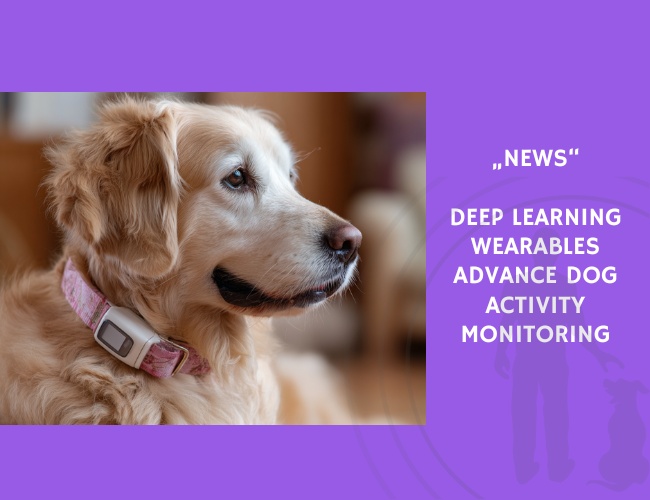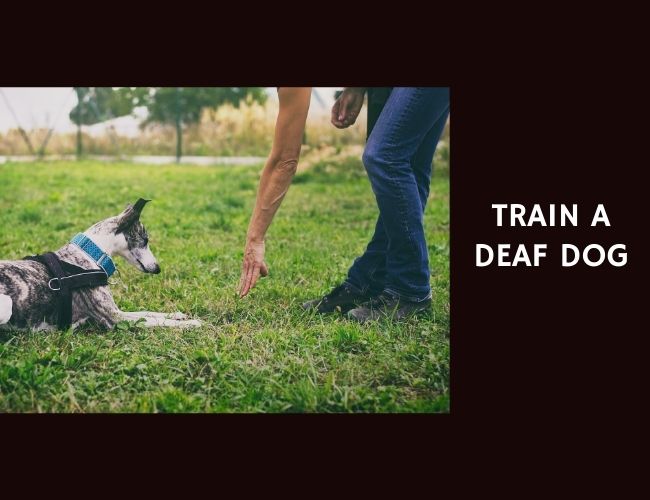Monitoring canine well-being is a growing priority for owners and veterinarians alike. In this study, Ali Hussain and colleagues (2022) developed a 1D convolutional neural network (CNN) model trained on accelerometer and gyroscope data from wearable sensors to recognize ten activities, including walking, sitting, running, eating, jumping, and nose work.
Data were collected from 10 dogs of different breeds, sexes, and sizes, followed by preprocessing and balancing to improve dataset quality. The final model achieved 99.7% training accuracy and 96.85% validation accuracy, demonstrating strong performance even with a limited dataset. Importantly, the lightweight 1D CNN architecture proved well-suited for real-time applications, offering advantages over more complex 2D models that require larger datasets.
This approach highlights the potential of wearable technology and AI to provide continuous behavioral insights. By accurately classifying a dog’s activities, such systems can support veterinary diagnostics, enhance welfare monitoring, and even contribute to early detection of health concerns.
The study represents a significant step toward integrating AI-driven pet health tools into everyday canine care, bridging the gap between technology and animal welfare.
Source: Hussain, A., Ali, S., Abdullah, .., & Kim, H.-C. (2022). Activity Detection for the Wellbeing of Dogs Using Wearable Sensors Based on Deep Learning. IEEE Access, 10, 53153–53163. Authors: Ali Hussain, S. Ali, Abdullah, H.-C. Kim. Publication Year: 2022. Journal: IEEE Access.










